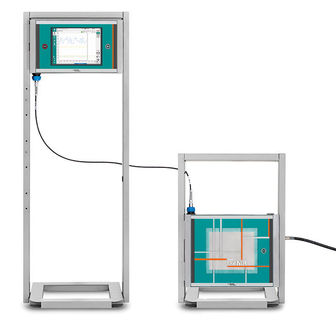To use all functions of this page, please activate cookies in your browser.
my.bionity.com
With an accout for my.bionity.com you can always see everything at a glance – and you can configure your own website and individual newsletter.
- My watch list
- My saved searches
- My saved topics
- My newsletter
Pylorus
The pylorus (from Greek πυλωρος = "gate guard") is the region of the stomach that connects to the duodenum. It is divided in two parts:
Product highlightThe pyloric sphincter, or valve, is a strong ring of smooth muscle at the end of the pyloric canal and lets food pass from the stomach to the duodenum. It receives sympathetic innervation from celiac ganglion. Medical significanceOne medical condition associated with the pylorus is pyloric stenosis. In such conditions as stomach cancer, when tumours may partly block the pyloric canal, a special tube can be implanted surgically to connect the stomach to the duodenum to assist food to pass from one to the other. This tube is called a pyloric stent. Additional imagesReferences
|
||||||||||||||||||||||||||||||
| This article is licensed under the GNU Free Documentation License. It uses material from the Wikipedia article "Pylorus". A list of authors is available in Wikipedia. | ||||||||||||||||||||||||||||||







